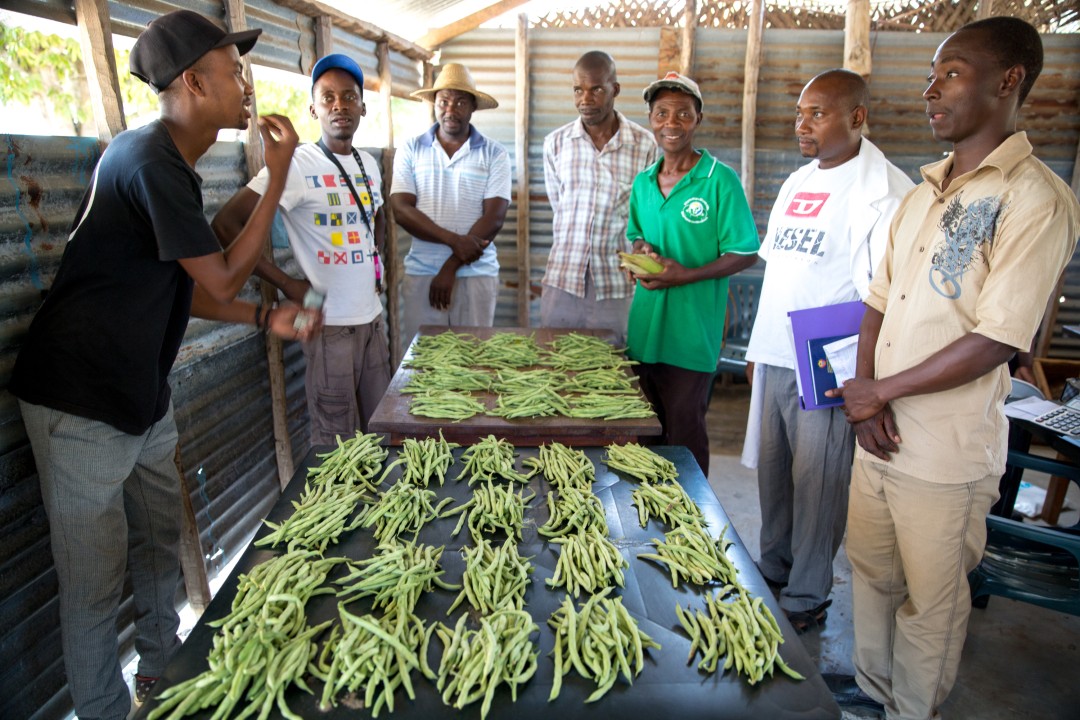Improved livelihoods and nutrition
The three-year project aimed to improve the health and livelihoods of four disadvantaged communities in the Massinga district through access to safe drinking water, sanitation facilities and improved nutrition. In each community, a well was drilled and equipped with a hand pump and a water committee of 23 people was elected. Committee members were trained in pump maintenance and repair, hygiene and sanitation, and improved agricultural techniques. A total of 443 latrines were built or repaired. In each school, sanitary blocks have been built with rooms dedicated to female hygiene and hand-washing stations. Community gardens with drip irrigation systems have been established and classes on agricultural techniques have been integrated into the school curriculum. Women have also been trained in innovative farming techniques, putting them into practice in their homes. This has allowed them to improve their food security and have a source of income through the sale of surplus crops.
Water Underground is an American non-profit organisation that aims to empower people in the most underprivileged communities in rural Mozambique through access to clean water, sanitation, agricultural innovation, education and learning new skills.
News
Type
Health / Education / Community Development / EnvironmentDuration
May 2018 – April 2021Location
Massinga District / MozambiqueWith whom
Water Underground
Website




Mozambique
Population
30 million (2017)
Per Capita Income
USD 420/year (2017)
Poverty rate *
46% (2014)
Literacy rate
43% (2016)
Human Development Index
180th out of 189 countries (2018)
Mozambique’s economic activity has been adversely affected by the fall in commodity prices, poor weather conditions and the continued after-effects of the 2016 hidden debt crisis. Despite rapid growth and poverty reduction immediately after the civil war, the pace of poverty reduction has significantly slowed since 2003. Poverty is concentrated in rural areas and among illiterate female-headed households. There are significant challenges to food and nutrition security, with 80% of the population unable to afford the minimum cost of an adequate diet and 42% of children under five suffering from stunting, particularly in rural areas. Malaria remains the most common cause of death in the country, responsible for 35% of child mortality and 29% of the general population. HIV prevalence has followed a downward trend stabilizing at 11% among adults. Mozambique has one of the lowest levels of water consumption in the world, despite having a variety of water sources.
Sources: World Food Program, UNICEF, World Bank, 2016 Human Development Report, Human Development Indices and Indicators (2018 Statistical Update)
*The percentage of the population living below the national poverty line.